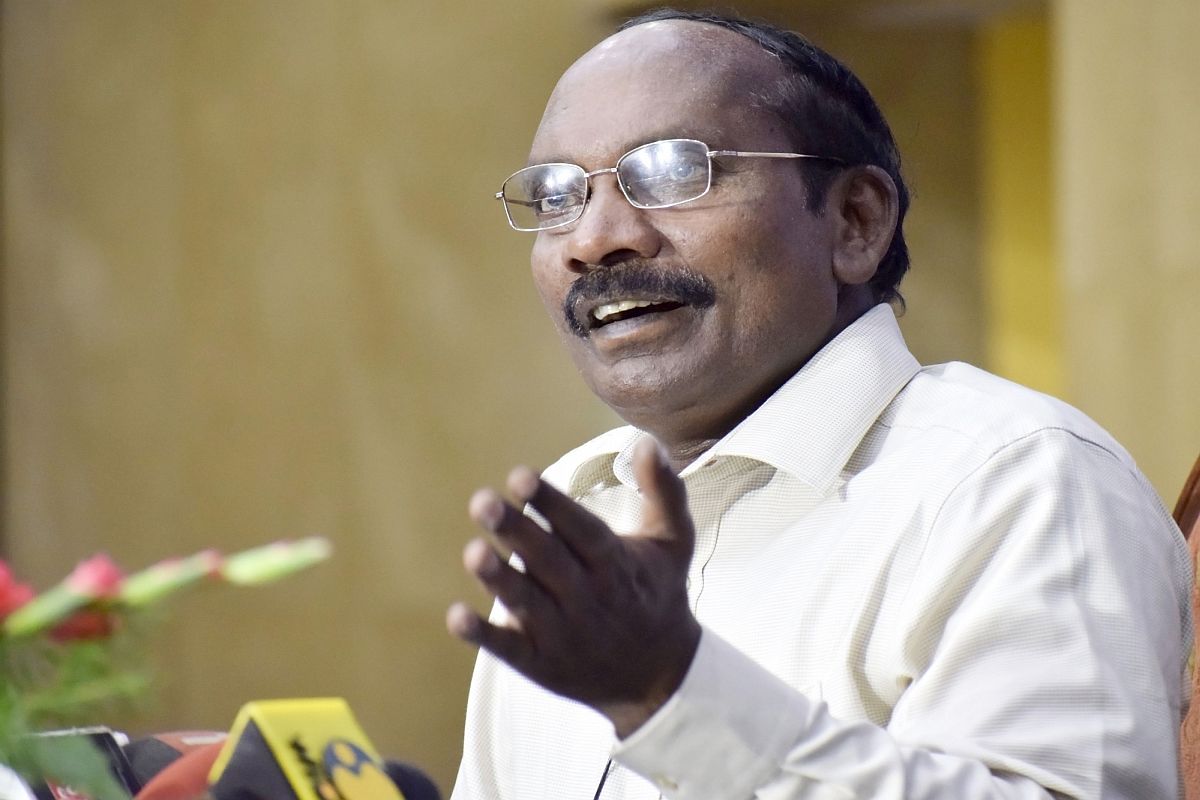The Indian Space Research Organisation (ISRO) will ‘definitely’ put in all efforts to achieve soft landing in space in the near future and Chandrayaan-2 is not the end of story, ISRO chief K Sivan said on Saturday.
“You all have heard about Chandrayaan-2 mission. On the technology part yes, we could not achieve soft landing, but all the systems functioned until 300m from Moon’s surface. Very valuable data is available to set things right. Let me assure that ISRO will pull all its experience, knowledge and technical prowess to set things right and demonstrate soft landing in near future,” Sivan said in his address at the golden jubilee convocation of IIT Delhi.
Advertisement
He said a large number of advance satellite launches are planned in the coming months.
Replying to media’s query if that if the ISRO would attempt another landing on Moon’s south pole, Sivan replied, “Definitely”.
“Chandrayaan-2 is not the end of story. Our plans on Aditya L1 solar mission, human spaceflight programme are on track. A large number of advance satellite launches are planned in the coming months. SSLV will make its maiden flight sometimes in December or January. Testing of 200 ton semi-cryo engine is expected to begin shortly. Work is on to provide NAVIC signals on mobile phones, which will open the path to develop large number of applications for societal needs,” he added.
Before the convocation address, the ISRO chief signed an MoU with IIT Delhi for setting up a Space Technology Cell (STC) at the institute.
With this, IIT Delhi will join the league of other premiere institutions like IISc Bangalore, IIT Bombay, etc. where the STCs have been set up to play a major role in taking up the space technology research and applications to the newer heights.
Chandrayaan-2, India’s second moon mission spacecraft was lifted off successfully onboard the “Bahubali” rocket from Satish Dhawan Space Centre in Sriharikota in Nellore district of Andhra Pradesh on July 22.
India’s ambitious lunar mission faltered in the last leg on Saturday as Vikram lander lost its connection with the ISRO and left the nation anxious. At the time connection with Vikram was lost, the lander was just 2km above the moon’s surface.
The lander, which was expected to make a “soft-landing” on the lunar surface crashed, and communication was lost, throwing a pall of gloom at the ISRO centre
Chandrayaan-2, India’s second moon mission spacecraft was lifted off successfully onboard the “Bahubali” rocket from Satish Dhawan Space Centre in Sriharikota in Nellore district of Andhra Pradesh on July 22.
After five earth-bound orbit raising activities, Chandrayaan-2 was inserted into lunar orbit. The lander Vikram carrying the rover Pragyan separated from Chandrayaan-2 spacecraft on September 2, in its journey towards the moon.
The moon mission though not successful, was aimed at making India the fourth nation in the world to land and ride on the moon after the US, Russia and China.











